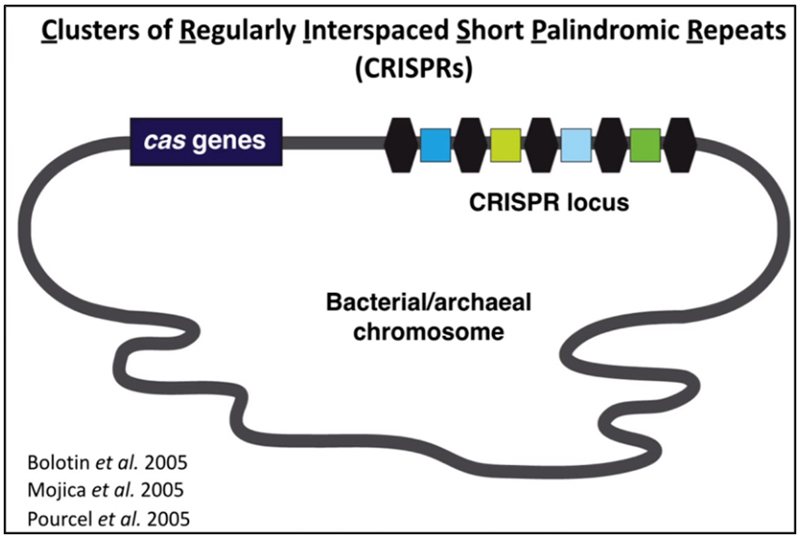
- Lentivirus
- Adeno-Associated
- Adenovirus
- Pseudovirus
- Vector
- Synthesis
- Autophagy Research
- CRISPR/Cas9
- Noncoding RNA
- Luciferase Assay
- Reagents
WHAT ARE YOU LOOKING FOR?
A monoclonal CRISPR/Cas9 knockout cell line is a cell line that has been genetically modified using the CRISPR/Cas9 gene editing technology to create a specific knockout of a target gene. This cell line contains a single, identical copy of the modified gene, making it a monoclonal cell line. The knockout of the target gene allows researchers to study the function of that gene in the cell and its role in various cellular processes. These cell lines are valuable tools for studying gene function, drug discovery, and disease modeling.
Excellent cells: All cells of Hanbio are purchased from National Collection of Authenticated Cell Cultures, with low generation and no contamination, and STR test reports are also available.
Easy of use and efficient: Hanbio uses lentiviral system to transfect the target cells to improve the infection efficiency and select KO cells more efficiently and quickly.
Stable properties: All the knockout monoclones of Hanbio are verified by sequencing through constructing T vector, which clearly shows the specific changes of DNA sequence and ensures that the knockout traits are stable and not recovered.
The CRISPR/Cas9 system is known as clustered regularly interspaced short palindromic repeats/CRISPR-associated proteins. This system is derived from an acquired immune system in bacteria (Fig.1). The system integrates the genetic material of the invading phage into one or more CRISPR sites in the genome of the bacterium as a permanent "memory", which is transcribed into CRISPR RNAs (crRNAs) when the bacterium is re-invaded. The crRNAs then direct the DNA shearing enzyme Cas9 then directs the invading exogenous nucleic acid sequence to be sheared according to the principle of sequence complementarity, eliminating the foreign genetic material and performing a protective function (Fig.2). In short, the genome editing technology based on the CRISPR/Cas9 system is engineered as a binary system consisting of a localisation-mediated RNA sequence (guide RNA and crRNA in one heterogeneous RNA sequence, called sgRNA) and a DNA hydrolase, Cas9.
The researchers engineered this system into a CRISPR/Cas9 system that can be used to edit mammalian cells. This system consists of Cas9, a gene which is suitable for mammalian expression, and sgRNA, which is used for targeting(Fig.3). For convenience, the researchers placed both in one plasmid. If we plan to use this system to edit a target gene, the only thing we need to do is to customize an effective sgRNA.

Fig.1 The CRISPR/Cas system is derived from the bacterial "immune system".

Fig.2 Schematic diagram of bacteria attacking phage invasion using CRISPR/Cas system

Fig.3 Engineered CRISPR/Cas system. The system is a binary system: Cas9 nuclease for shearing and guide RNA (sgRNA) for targeting
Targeting Cell Assessment
Design and construction of Cas9gRNA vector/viral packaging
Cell transfection/infection
Mixed Clone Targeting Validation
Monoclonal cell sorting and culture
Monoclonal cell line identification
Obtaining monoclonal KO cell

Contact Hanbio and leave your requirements. We will reply as soon as possible.